Pontiac Trans Am Generations: Through the Years
This look back through the four Pontiac Trans Am generations reveals an iconic American muscle car with loads of fascinating, and fast, history.
Legendary Hot-Rodded Firebirds
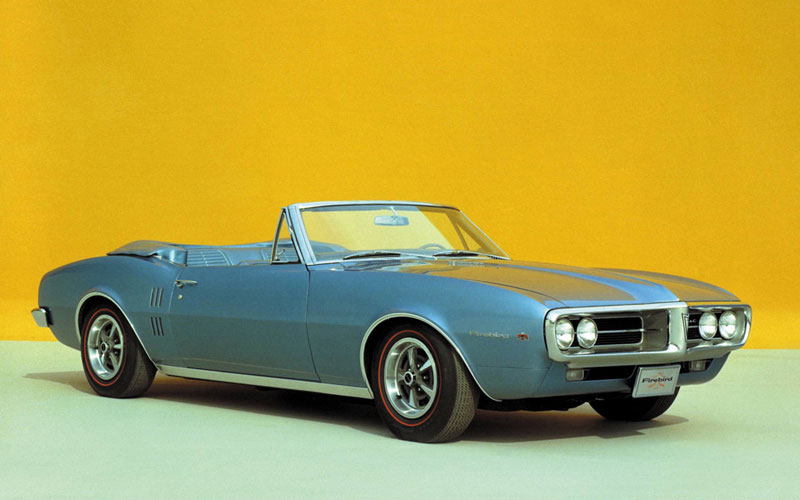
1967 Pontiac Firebird – netcarshow.com | Shop Pontiac Trans Am on Carsforsale.com
Even though the Trans Am nameplate has been gone for 20 years and Pontiac is no longer a going concern, just saying those words evokes grins from car enthusiasts today. Considering these hot-rod Firebirds were in production for over three decades with no shortage of serious performance creds backing them up, its perhaps not so surprising. In honor of this iconic American muscle car, we’re looking back at the four Trans Am generations that first showed up in 1969.
At the time, the Sports Car Club of America (SCCA) was in its prime with the Trans Am Series of races. Two years earlier, in 1967, Pontiac had unveiled the Firebird, a pony car competitor to the Ford Mustang and close cousin of the Chevy Camaro. Be sure to check out our Firebird retro review here for more. The Firebird was a regular Trans Am race series competitor out of the gate and in 1969, Pontiac decided to offer a “Trans Am Performance and Appearance” package to go with it.
First Generation Trans Am Model (1967-1969)
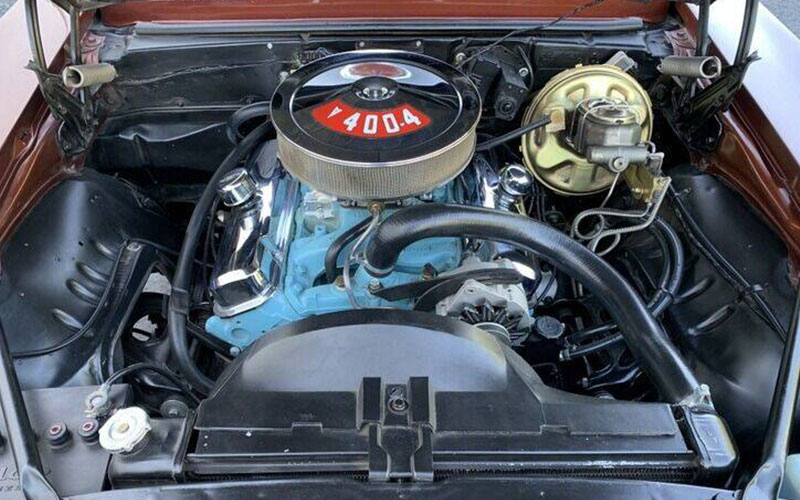
Under development for two years and headed by famous automotive player John DeLorean, the original intent of the Trans Am package was straight-six power and a heavily refined chassis to better compete with European offerings. Though it would end up with the upgraded underpinnings, the new Trans Am would end up with the top-dog, 4-barrel 400 cubic inch V8 that was rated for 335 horsepower. Pontiac dubbed it “Big Daddy.”
The roughly $1,000 package, which would be about $8,000 today, brought dual “Ram Air” intake hood scoops, a full-width rear spoiler, Trans Am decals, and an exclusive Cameo White paint job with Tyrol Blue stripes. Fewer than 700 of this first of the Trans Am generations were made, which means they are quite rare today.
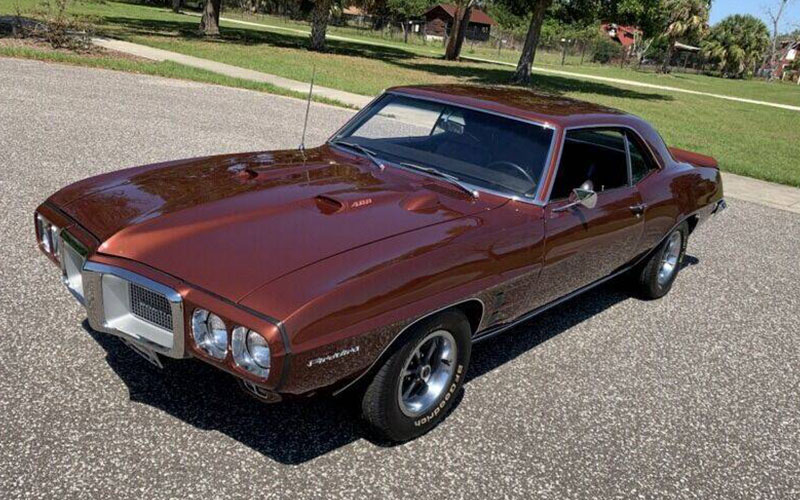
Confoundingly, the Trans Am was not in fact eligible to compete in the racing series it was named for as SCCA limited competitors to 305 cubic inches of engine displacement. As well, SCCA was none too happy that Pontiac had used the Trans Am name on a car without their permission. Threatening a lawsuit, General Motors settled the kerfuffle by agreeing to pay SCCA $5 for every Trans Am they sold. This would work out in the favor of SCCA as Pontiac sold over 117,000 Trans Ams in 1979 alone.
Second Generation Trans Am Model (1970-1981)
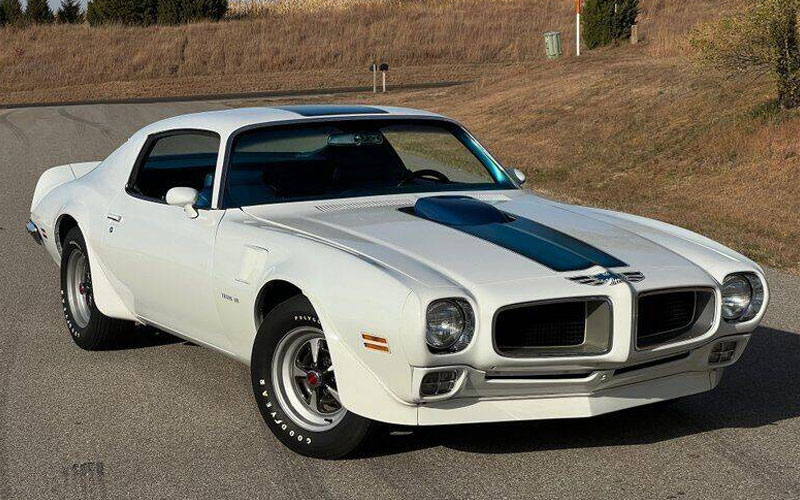
The following year, 1970, generation two of the Firebird would land and with it the first standalone Trans Am model. For the next 30-plus years, the Trans Am would represent the most potent factory-produced Firebird variant in the lineup. Unfortunately, the entire automotive industry was about to collide with ever-increasing emissions and safety regulations that would effectively end the golden era of American muscle cars. But Pontiac still managed to keep the Trans Am running strong.
The same 400 CID V8 carried over from 1969, but the 1970 Trans Am model came with a new shaker hood scoop. Though exclusive to the Trans Am within the Firebird lineup, this power plant was also fitted to the legendary GTO, a muscle car history we cover here. In GTO form, this engine was rated for 370 hp.

To keep the Trans Am in its place below big brother GTO, the secondary carburetor linkage came with a restrictor to prevent the rear barrels from opening all the way up. This trimmed output on the Trans Am models by about 25 horsepower, but was easily adjusted to achieve full power.
1971 would bring a change in power ratings from SAE Gross to SAE Net per a GM mandate intended to help alleviate rising insurance costs for performance vehicles. At the same time, compression ratios were lowered to work with new low-lead fuels.
That latter update meant larger displacement engines were feasible, so although times were changing, Pontiac was able to a fit a thumping 455 cubic inch V8 as standard equipment in the Trans Am. Making a heady 480 lb-ft of torque, this would be the biggest motor ever fitted to a Trans Am.
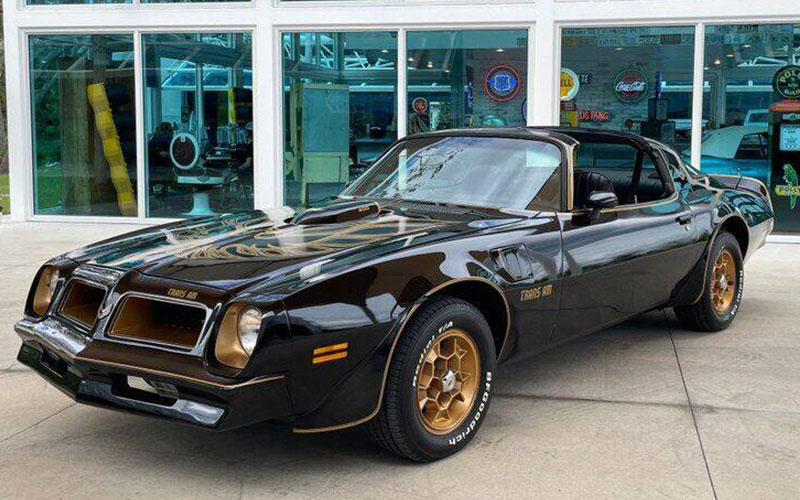
This was also the era of the mighty “Screaming Chicken”, a ludicrous and awesome decal that covered the entire hood of a Trans Am so equipped. Pontiac first offered what they referred to as a “hood bird decal” on the 1973 Trans Am for $55. Derided by some, it would nonetheless go on to be a super popular option and defining characteristic of the Trans Am to this day.
To celebrate its 50th anniversary as an automaker in 1976, Pontiac sold a special edition Trans Am with T-tops and gold-and-black livery. That same year, the big 455 was discontinued as it could no longer meet federal regulations. But the following year, Burt Reynolds cemented the Trans Am in pop culture history with wild burnouts and antics behind the wheel of a glorious black-and-gold Trans Am, replete with golden Screaming Chicken and the killer new recessed rectangular headlight design.
1979 was a peak year for the Pontiac Trans Am’s popularity with over 117,000 sales and a 10th anniversary edition that was invited to be the Daytona 500 pace car. When fitted with the recently added WS6 performance package that added a larger sway bar, tighter steering, and additional frame bracing.
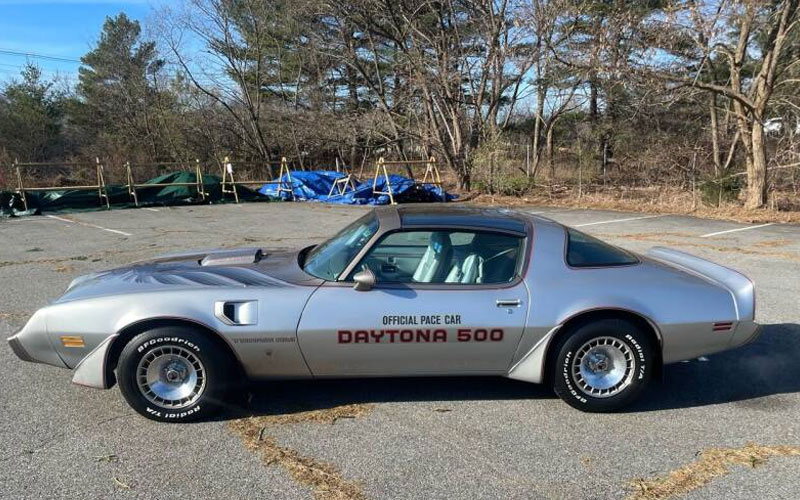
Car and Driver named the 10th Anniversary Trans Am the best handling car of the year. And though Pontiac was reporting ever-declining power ratings to comply with federal rules, the National Hot Rod Association dyno-tested the W72 400 CID V8 to find some 280 ponies under the hood – quite a bit more than the official rating of 220.
1980 –1981 Pontiac Trans Am model years replaced its 400 CID V8 engine with the 301 turbo V8 which produced 210 horsepower and 240 lb-ft of torque. The 301T V8 was mated to a 3-speed automatic transmission as its only powertrain option. Sales slowed for the 1980-1981 model years possibly due to buyers waiting for the next generation to hit the dealer lots.
Third Generation Pontiac Trans Am (1982-1992)
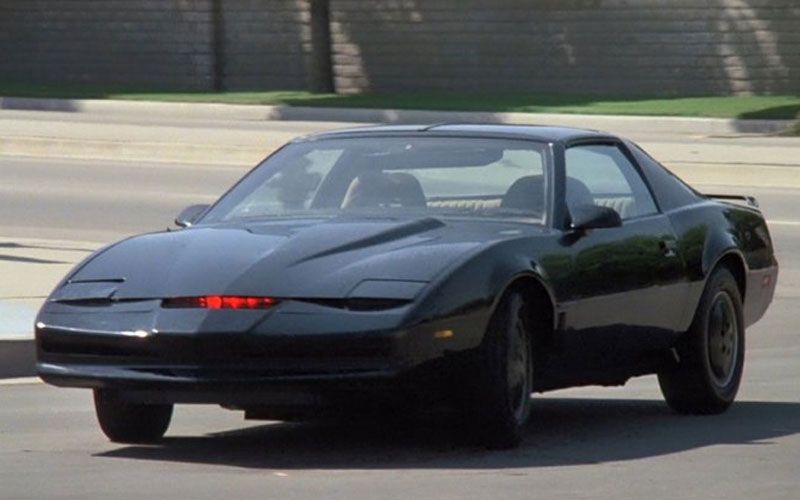
Of all the Trans Am generations, the third was unfortunately the least potent as government and insurance regulations had all but gutted any semblance of automotive performance. However, the new body style was exceptionally sleek along with being shorter and lighter. This meant the less powerful engines at least had a chassis with sharper moves.
In 1982, the most powerful V8 available was a 305 cubic inch mill from Chevy rated for 165 hp that featured “Crossfire” fuel injection. This year also kicked off the Knight Rider TV series that featured a souped-up Trans Am named KITT, a vehicle that would fill the dreams of kids for years to come.
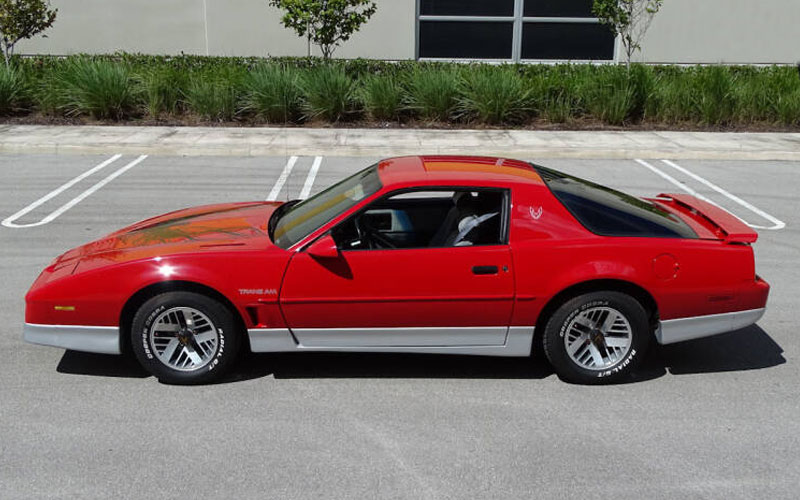
Other highlights from the third-gen Trans Am include another Daytona 500 pace car special edition with Recaro seats and the Gran Turismo Americano (GTA) variant. Arriving in 1987, the GTA sported a 5.7L V8 out of the period Corvette, but with cast-iron heads instead of aluminum, along with the WS6 handling content, and a sweet set of color-matched ground effects. Pontiac briefly made a notchback version of the GTA in 1988, but it was plagued with quality issues and did not sell well.
Towards the end of gen-three production, the Trans Am was again tapped for pace car duty, but this time at the Indianapolis 500. Starting with the turbocharged 3.8L V6 from the revered Buick Grand National, Pontiac turned up the performance before dropping it into 1,500 examples for the general public. Officially rated for 250 horsepower, a 4.6-second shot to 60 mph by Car and Driver suggested that figure was closer to 300.
Fourth Generation Pontiac Trans Am (1993-2002)
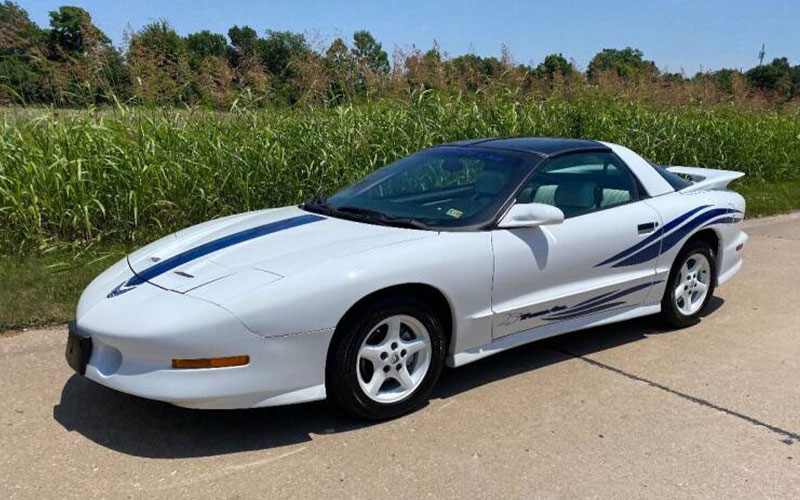
The fourth generation Trans Am ran from 1993 to 2002. Virtually all new, it had fresh, modern looks and saw a return to performance form over those nine years. It arrived with a 6-speed manual and 5.7L LT1 V8, the same motor found in a period C4 Corvette, but with a more restrictive intake and exhaust system befitting the Trans Am’s station within GM’s complicated hierarchy of the era. By 1996, the LT1 was making 285 hp with the WS6 package pushing that figure to 305 along with a functional Ram Air hood and upgraded suspension.
For 1998, the refreshed Trans Am arrived with a bulging front end and massive hood scooped as well as the Corvette-derived LS1 V8. In optional Firehawk trim, the Trans Am was rated for 325 hp and looked ready for Batmobile duty. The final year of Trans Am production, 2002, a collectors edition was sold in yellow WS6 trim with T-tops, black stripes, and black 17-inch rims.
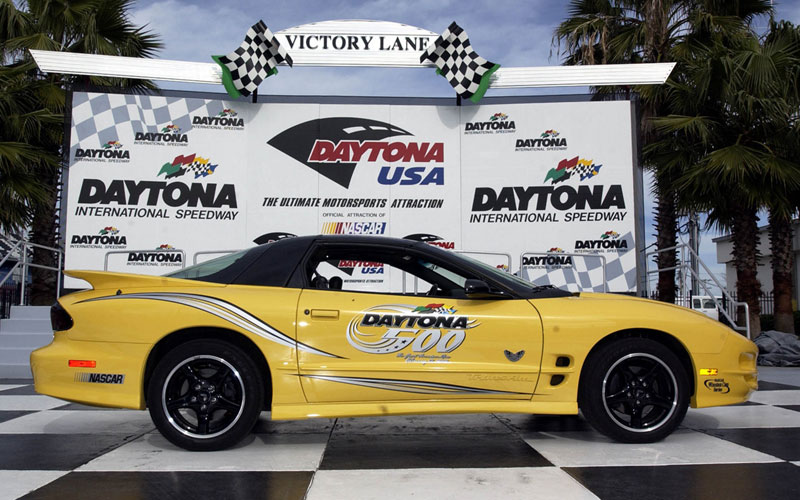
2002 Pontiac Trans Am – netcarshow.com | Shop Pontiac Trans Am on Carsforsale.com
Of all the Trans Am generations, the fourth represents the best value today. Effectively a Corvette with four seats, those made in the final few years of production are true factory hot rods that surely would have made GM progenitors Louis Chevrolet and William Durant quite happy.
Though it would be quite the feat, given the fact that Pontiac went out business over 10 years ago, the Trans Am would be another solid option for this list of cars that need a comeback. Regardless, thanks to decades of serious performance and no shortage of big-time pop culture moments, the Pontiac Trans Am will live on for years to come.














